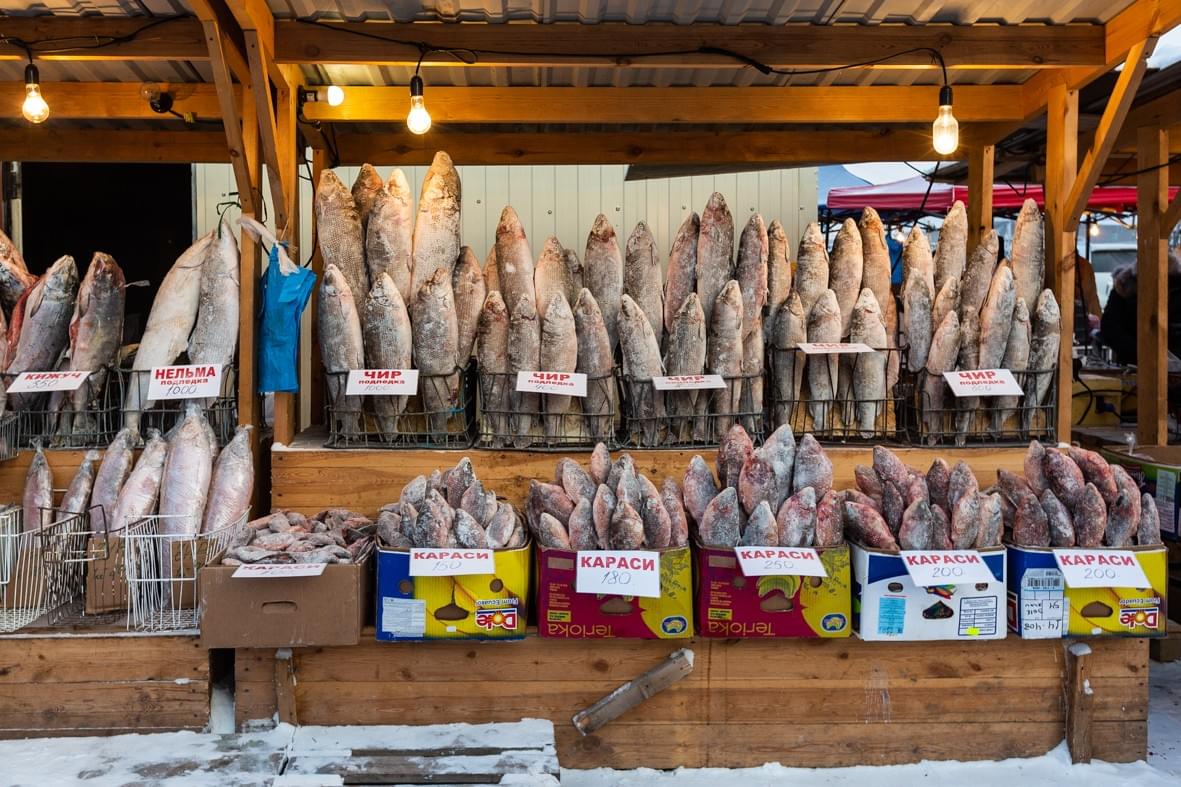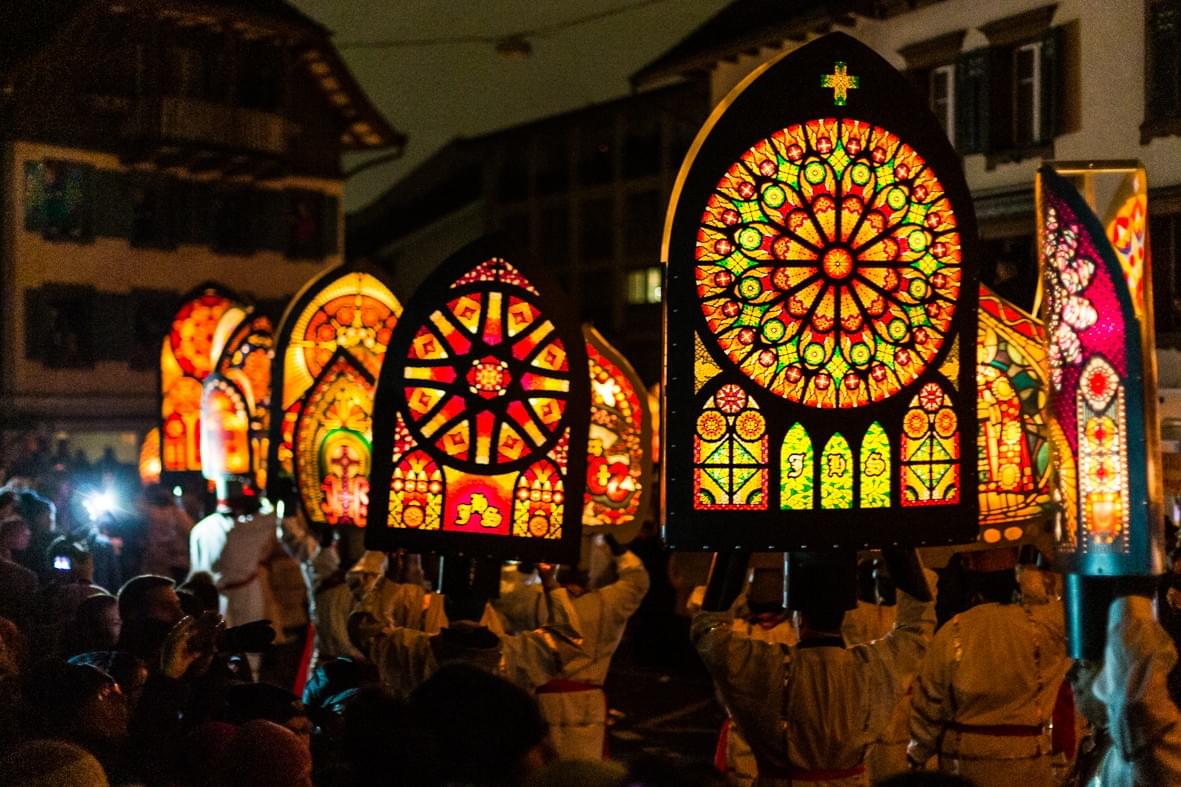

Documentary Photography
When it comes to documenting the richness of diverse cultures, I firmly believe in acknowledging and embracing the unique facets that make each one special. It is imperative to devote enough time and attention to capturing intricate details, ensuring a comprehensive portrayal and deep understanding of the culture and its treasured traditions.

Romería
Andalucía, Spain
I was lucky to witness an authentic Romería in a small town in the province of Andalucía.
The province of Andalucía is famous for its pilgrimages or "romerías" - so called because pilgrims traditionally walked to Rome, and therefore became known as "romeros" - to popular shrines, around which fiestas are held.
Most villages celebrate their Romería on their Saint's Day at a local shrine a few miles away - it is a day in the countryside visiting a chapel or a sanctuary. Interestingly it is one of the few fiestas that is celebrated outside the nucleus of the town. The sanctuary is a physical and a spiritual point of reference.

Bumba meu Boi
São Luís do Maranhão, Brazil
A literal translation for "Bumba meu Boi" could be "dance my ox".
The festival originated in the 18th century Century when the lower class communities were left very little from the wealthy and forced to live dreadful lives. It was through these rough conditions that Bumba Meu Boi was born to bring joy to these deprived communities, as well as to provide men with an internal form of rebellion. These communities consisted of slaves and rural workers.
So from the start, Bumba Meu Boi was created by people of mixed origins, which is significant because it cuts the festival from any racial ties.
Today, Bumba Meu Boi is separated into traditional and modern practices and has evolved into a nationwide festival.
In December 2019 it was declared Intangible Cultural Heritage of Humanity by UNESCO.

Fish Market in eastern Siberia
Yakutsk, Russia
Yakutsk is located about 450km (280 miles) south of the Arctic Circle and is the capital city of Russia’s Sakha Republic.
It has the coldest winter temperatures of any major city, with an average monthly temperature in January of -38.6C (-37,48F). So it does not come as a surprise that freezers are superfluous during the winter months.
The fish and meat market turns into an open-air market where the fish stick out of the boxes like french baguettes.

Klausenjagen
Küssnacht am Rigi, Switzerland
One of the most ancient and imposing St. Nicholas customs in Europe.
The festival, attended each year by about 20,000 people, consists of a parade
of around 1,500 participants, and lasts far into the night.
The procession is believed to have its roots in pre-Christian pagan traditions
involving the chasing of wild spirits. The early forms of the Klausjagen involved
much unruliness and noise, and were frowned upon by Church and authorities,
and were officially outlawed in 1732, but could not be effectively suppressed.
In the late 19th century, the custom was instead "Christianized" and bishop's
mitres first appeared in the procession. In the 1920s, the still rather rough
procession was tamed by a committee of villagers who created the modern,
clearly organized parade.
Since 1928, the St. Nicholas Society of Küssnacht has been responsible for
the continuation of the custom.
It is most known for the men wearing Iffelen or Infuln, which are enormous,
incredibly ornate paper hats which resemble a cross between a bishop's mitre and a stained glass window, lit from the inside by candles, and as much
as seven feet tall.
- Want to create something together?
Tell me all about your ideas (may those be in German, Spanish or English), and let’s turn them into reality together.
I am looking forward to working with you!
© 2017 - 2023 Picture-Perfect by Andrea All rights reserved.



































